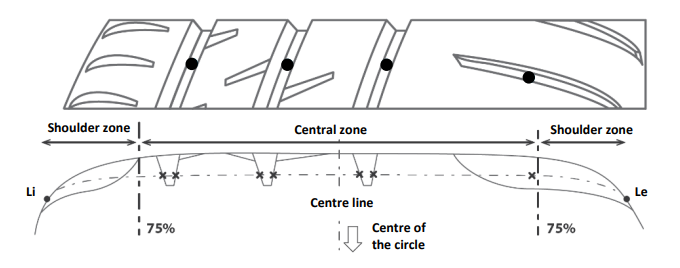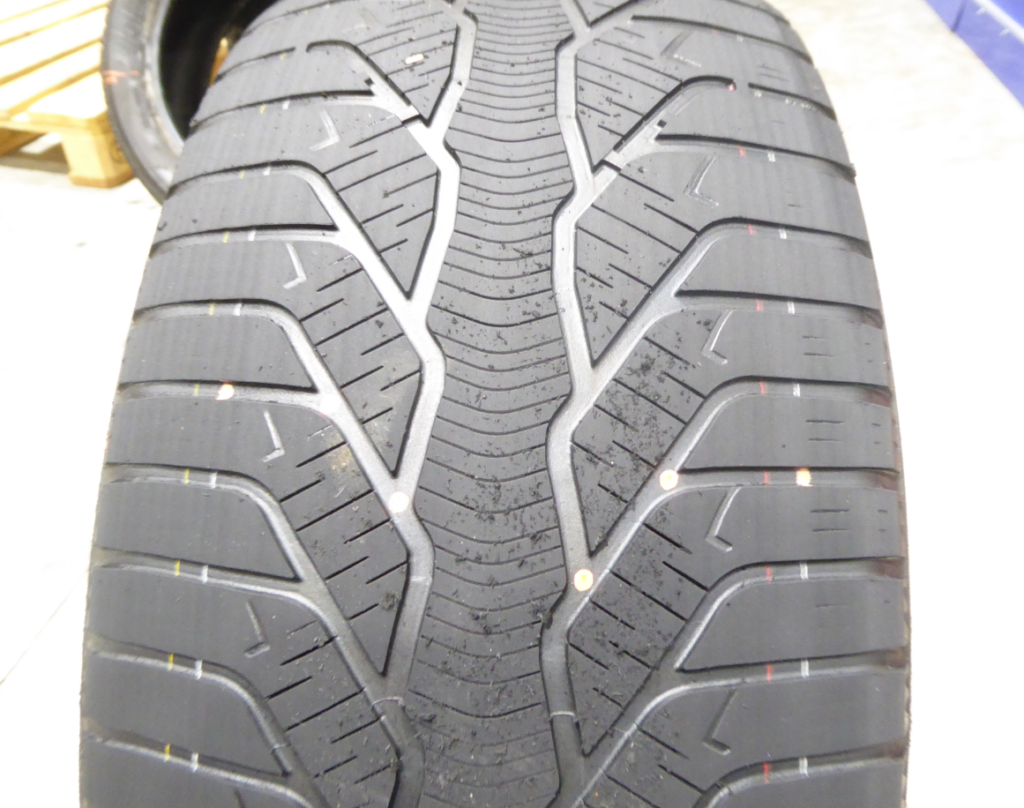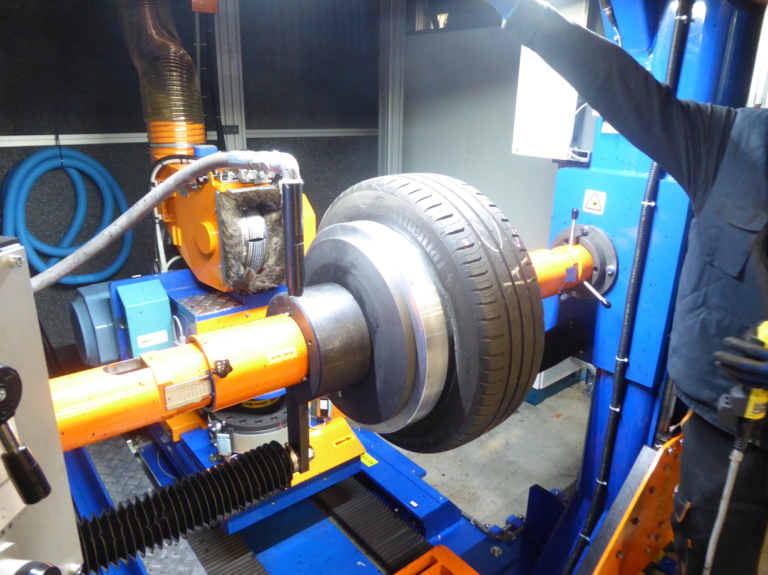TTI speaks to Dalia Broggi, scientific project manager at the European Commission, ahead of her presentation ‘Are your tires compliant when worn? Testing the new regulatory requirements’ at Tire Technology Expo 2024 (March 19, 20 & 21) in Hannover, Germany.
What is your presentation about?
A new amendment to UNECE Regulation 117 introduces requirements for wet grip of worn tyres to assess tire performances at the end of their life. For type approval, artificially worn tires are generated by mechanically removing tread material (i.e. buffing). To assess how well a buffed tire replicates a naturally worn tire, we tested four tire models comparing new, naturally and artificially worn samples of each model. We carried out the regulatory test and other representative dynamic maneuvers.
What are the implications of the new regulatory requirements on tire design and development?
The purpose of new regulatory requirements is to ensure that tire performance is also assessed at the end of a tire’s life in its worn state and to promote the idea that tires should meet the requirements throughout their life and not be replaced prematurely. Therefore, tire design should focus even further in delivering better performance not only on new tires but also on worn ones, particularly on wet braking. This may require additional studies on a tire’s wear and aging mechanism and increased physical testing of worn tires during the development phase.
Why is it important to assess tire performances at the end of its life?
Tire performances may change drastically as they wear. It is therefore important to assess tire behaviour not only when they are new but also when the tread pattern depth decreases due to wear until reaching the minimum legally permissible level. Among the regulatory requirements to be assessed on a tire in worn state, braking on wet surfaces is the most critical performance, as it is the one that systematically deteriorates in all worn tires and is strictly related to traffic safety.
 How do you ensure that artificial/buffed tires realistically (and reliably) replicate a naturally worn tire?
How do you ensure that artificial/buffed tires realistically (and reliably) replicate a naturally worn tire?
Naturally worn tires may change their performance due to several different factors: aging of materials accelerated by environmental agents, speed and load cycles, reduced tread depth and irregular wear. Buffed tires reproduce a naturally worn tire only in terms of reduced tread depth, by artificially removing the tread material from a tire in new state until it reaches the minimum regulatory tread depth.
Previous studies showed that wet braking performances of buffed tires are close that of a naturally worn tire. However, investigations on the level of uncertainty of such approximations are presented in this work with the aim of further improving the methodology.
Why did you choose to speak on this topic at Tire Technology Expo and why is it important at this time?
The topic is timely since the regulatory requirements for passenger car tyres (i.e. C1 tires) have just entered into force in the framework of UNECE Regulation No 117. Additionally, the work at UNECE level is currently ongoing to introduce regulatory requirements for wet grip of worn light truck and truck tires (i.e. C2 and C3 class). It is therefore important to discuss the current regulatory requirements and present results from independent physical testing with the final goal of contributing to the further improvement of tire regulations.
 Who are you hoping will benefit from your results?
Who are you hoping will benefit from your results?
The work aims to raise awareness among manufacturers, technical services and international organizations on the entity of performance differences between new, buffed and naturally worn tires in the context of tire type approval and, more holistically, from a safety point of view. The presented results have been carried out on samples of different brands that have been purchased from the market anonymously, thus they offer an independent perspective on the current state of the art in tire technology. Results could benefit all the actors involved in the Regulatory development and improvement of UNECE 117.
What takeaways can the audience/delegates expect from attending the presentation?
The presentation will introduce the role of the European Commission in the European Market Surveillance activities regularly carried out by the Joint Research Centre (JRC) on vehicles and components, including tires. Additionally, JRC research activities will be presented in the context of regulatory development and improvement. And, recent updates of the regulatory framework for worn tires will be presented together with an experimental study where performances between new, worn and artificially worn tires were examined.
Hear from Dalia at Tire Technology Expo in Hannover this coming March – keep an eye on the website for program updates.
Biography
 Dalia Broggi is a project manager for scientific research at the European Commission Joint Research Centre, where she is in charge of the organization and deployment of Market Surveillance activities for road vehicle safety. She also deals with pre-normative research and contributes to regulatory development on topics related to vehicle safety, including tires, ADAS functions and autonomous vehicles. She has 10 years of experience in the automotive sector, with a particular focus on tire development.
Dalia Broggi is a project manager for scientific research at the European Commission Joint Research Centre, where she is in charge of the organization and deployment of Market Surveillance activities for road vehicle safety. She also deals with pre-normative research and contributes to regulatory development on topics related to vehicle safety, including tires, ADAS functions and autonomous vehicles. She has 10 years of experience in the automotive sector, with a particular focus on tire development.



